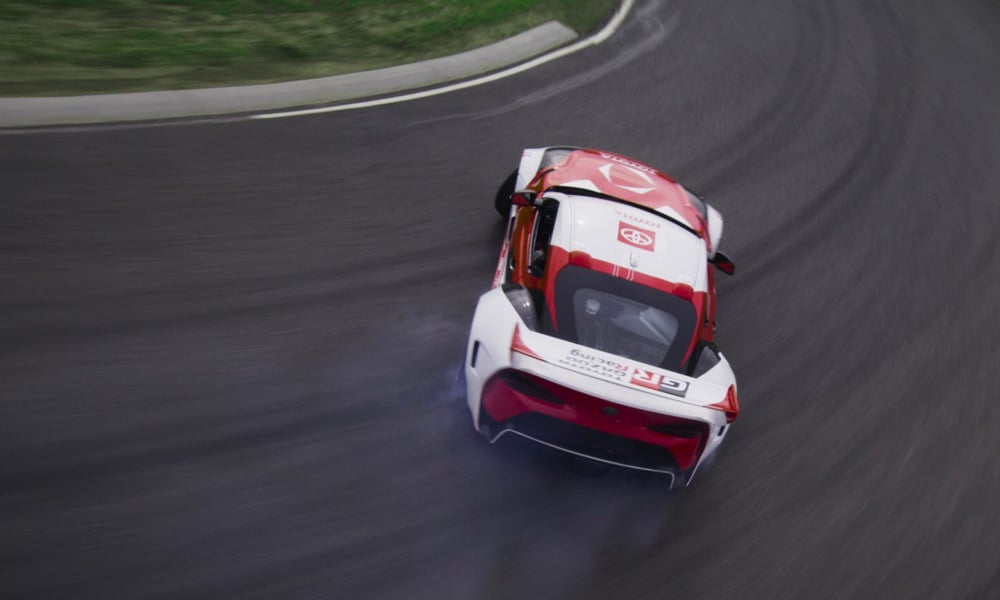
While autonomous cars have made plenty of strides in the past decade, the technology still isn’t perfect. Even the slowest of self-driving vehicles can still be involved in accidents. But in motorsports, the only way to find the limit is to go beyond it. And that is what Toyota is doing with a tech demonstrator based on the GR Supra.
Toyota Research Institute is embarking on a project that will hopefully change the way autonomous cars are engineered. To that end, it has built a test bed that will showcase self-driving technologies that can push vehicles to their performance limits. It uses Nonlinear Model Predictive Control, a type of control algorithm that uses existing software maps to “learn” new ones.
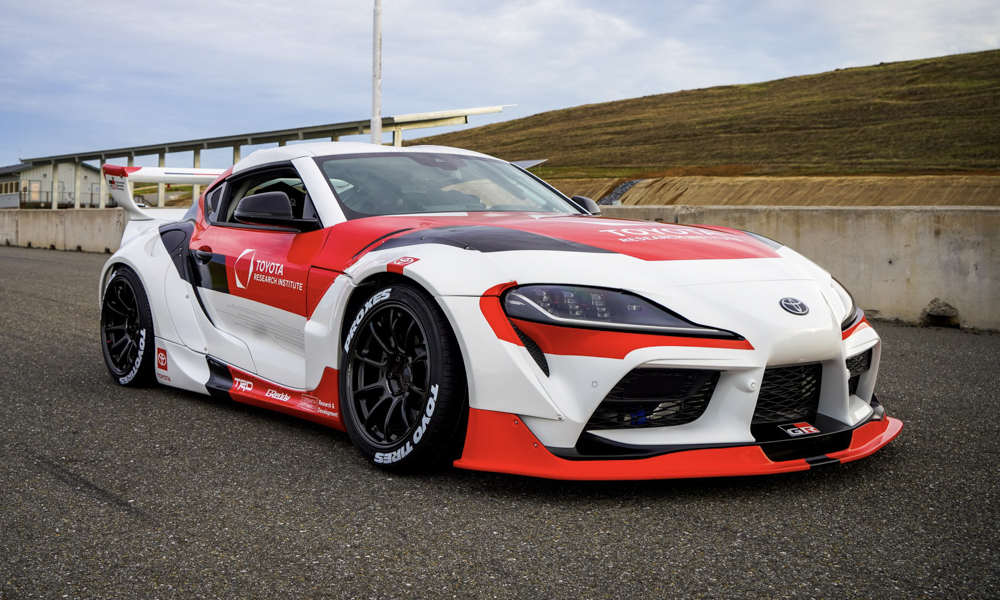
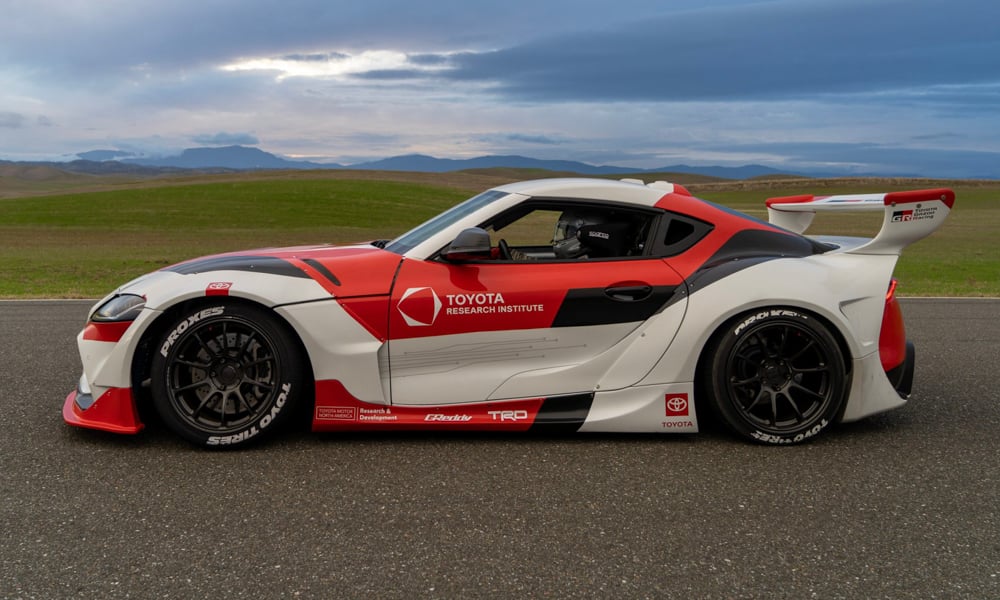
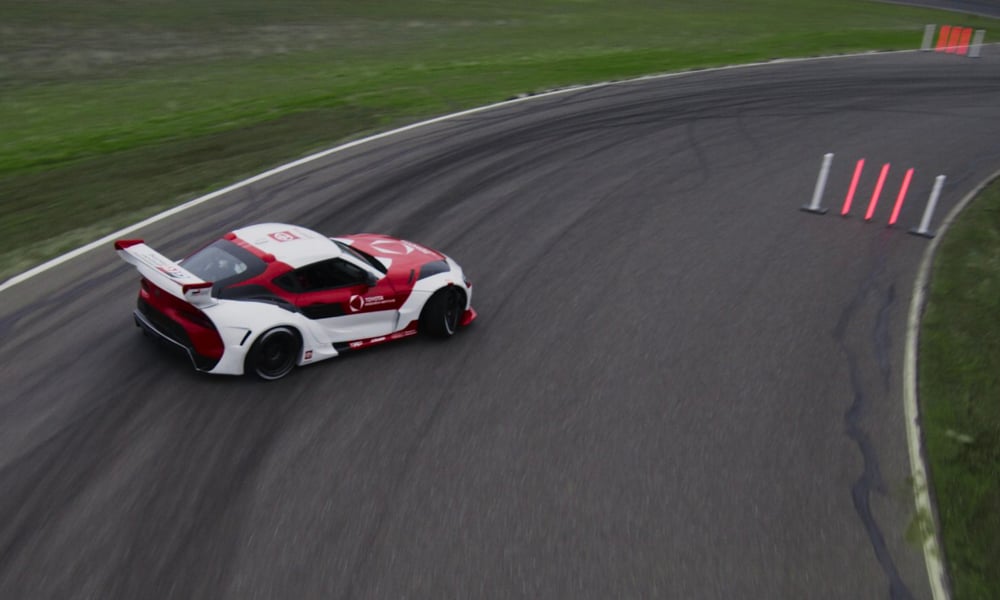
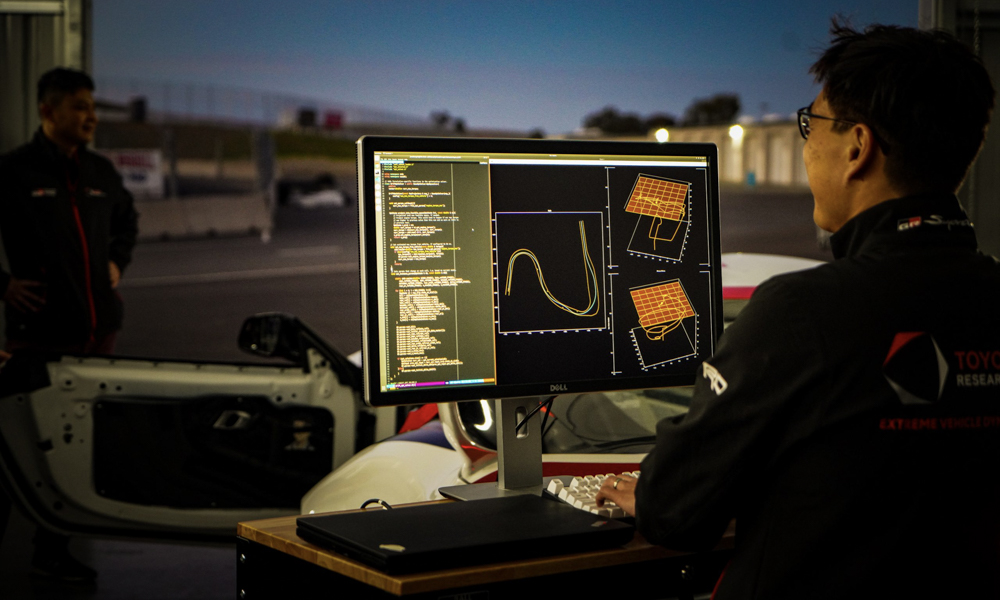
Professional drifter Ken Gushi created the maps to make sure that they were based on the input of a skilled driver. The GR Supra was modified with a host of drift-spec GReddy components so that the car can really match anything Gushi throws at it. Manipulating its various controls is a bunch of quick-response actuators.
Even though autonomous vehicles will become commonplace in the future, TRI believes that there will still be a need for drivers to perform extreme maneuvers to avoid accidents. The research project is likely a sign of Toyota’s approach to self-driving technology, which is to not completely remove humans completely out of the equation.


0 Comments